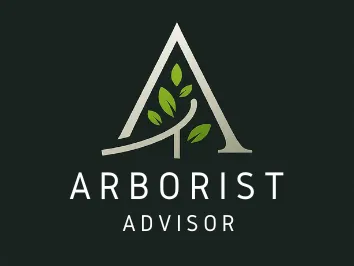Educational Blog

How to sell more tree jobs

As a tree care professional, your ability to sell your services is just as important as your technical skills. Effective communication, body language, education, and strategic selling techniques can significantly impact your success. Let's explore key factors that can help you close more deals.
The Power of Body Language
Your body language speaks volumes before you even open your mouth. Here's how to use it to your advantage:
Maintain Eye Contact: Show genuine interest and engagement by maintaining eye contact with your clients.
Smile Genuinely: A warm smile conveys confidence and friendliness, making clients feel more comfortable.
Stand Tall: Good posture exudes professionalism and confidence.
Use Open Gestures: Avoid crossing your arms or legs, as this can appear defensive.
Mirror Your Client's Body Language: Mirroring can help build rapport and create a sense of connection.
The Art of Effective Communication
Clear and concise communication is essential for building trust and understanding with your clients.
Listen Actively: Pay attention to what your clients are saying, ask clarifying questions, and show that you're engaged.
Speak Clearly and Confidently: Use a strong, clear voice and articulate your points effectively.
Use Simple Language: Avoid industry jargon that may confuse clients.
Be Honest and Transparent: Build trust by being upfront about your services, pricing, and timelines.
Address Concerns Promptly: If a client has a concern, address it directly and respectfully.
The Importance of Education
Educating your clients about the benefits of tree care can help them understand the value of your services.
Explain the Importance of Tree Health: Discuss the role of trees in the ecosystem and the potential risks of neglecting tree care.
Highlight the Benefits of Tree Removal or Pruning: Explain how these services can improve safety, property value, and aesthetics.
Address Common Misconceptions: Correct any misconceptions your clients may have about tree care.
Use Visual Aids: Diagrams, photos, or videos can help clients visualize the impact of your services.
Provide Case Studies: Share success stories of how your services have benefited previous clients.
Strategic Selling Techniques
Effective selling strategies can help you close more deals and grow your business.
Understand Your Target Market: Identify the specific needs and preferences of your ideal clients.
Build Relationships: Focus on building long-term relationships with your clients rather than just making a quick sale.
Offer Value-Added Services: Consider offering additional services, such as tree fertilization or disease treatment, to increase the value of your offerings.
Handle Objections Gracefully: Anticipate potential objections and prepare thoughtful responses.
Follow Up Consistently: Maintain contact with clients after the sale to ensure their satisfaction and encourage referrals.
Real-World Examples
Here are five examples of how these principles can be applied in real-world situations:
Dealing with a Hesitant Client: A client is unsure about the need for tree removal. Use visual aids to demonstrate the risk of falling branches and explain how removing the tree can improve property safety.
Addressing Price Concerns: A client finds your pricing too high. Highlight the value of your services, such as your expertise, insurance coverage, and guarantees.
Handling a Difficult Customer: A client is upset about a delayed service. Apologize sincerely, explain the reason for the delay, and offer a solution to make things right.
Selling Additional Services: After completing a tree removal, suggest tree stump grinding to improve the appearance of the property.
Following Up for Referrals: After a successful job, ask the client if they know anyone who could benefit from your services and offer a referral bonus.
By mastering body language, communication, education, and strategic selling techniques, you can position yourself as a trusted advisor and increase your ability to sell more tree jobs.
